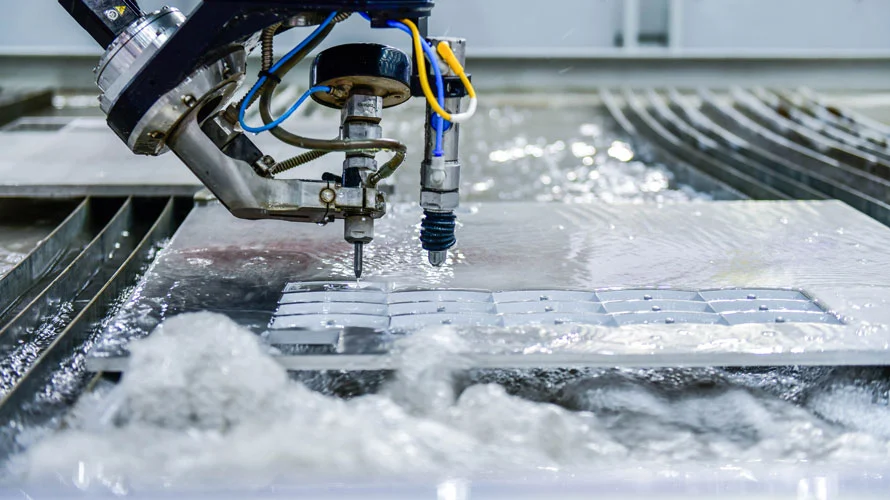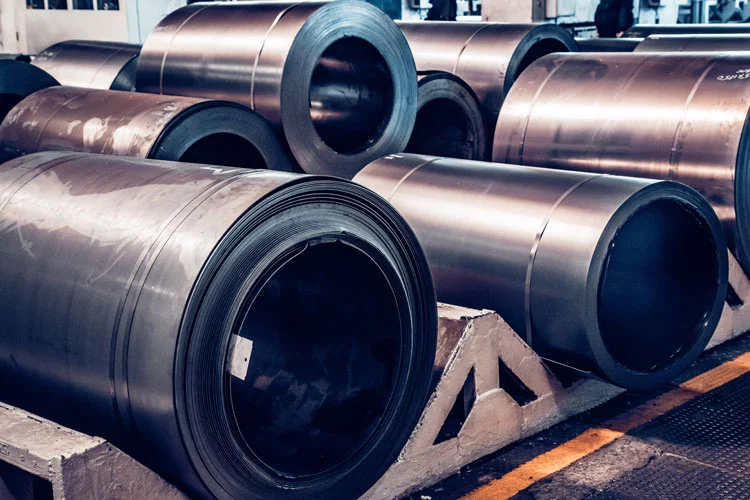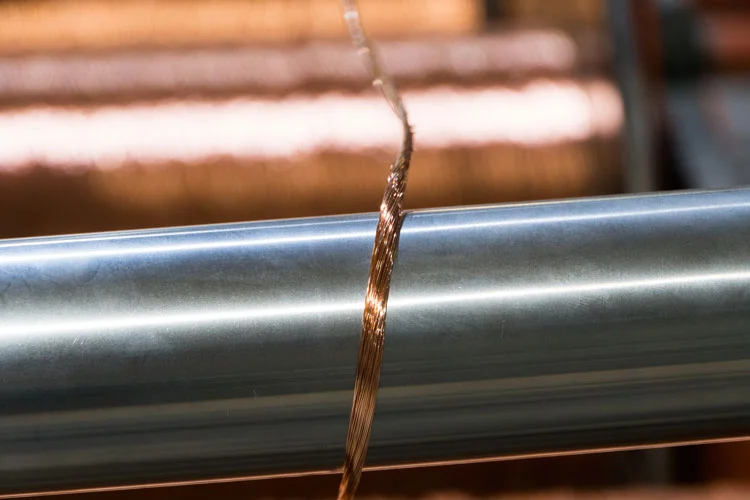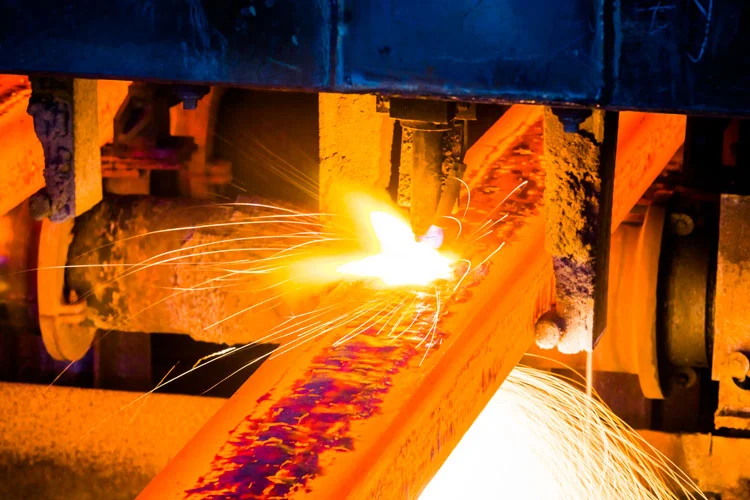What is Plating?

Plating is a manufacturing process in which a thin layer of metal coats an underlying substance. This can be achieved through electroplating, which requires an electric current, or through electroless plating, which is in autocatalytic chemical process.
Metal plating has been used for hundreds of years and is a critical part of corrosion resistance. The reasons for metal plating include:
- Corrosion resistance.
- Improved paint adhesion
- To harden the surface
- Improves the look of cheaper metals in jewelry
- Reduce friction
- Improve the wearability of the part
- Alter conductivity (more or less conductive)
- Acts as a shield against radiation
Nickel Plating

Nickel plating provides a unique combination of corrosion and wears resistance. It can add brightness, luster, and appeal. It also provides excellent adhesion properties for subsequent coating layers as nickel plates commonly bond well with other materials, which is why nickel is often used as an ‘undercoat’ for other coatings, such as chromium.
Nickel Plating is widely used, pointing to its beneficial properties and versatility as a coating material.
Gold Plating
Often seen in jewelry, gold plating refers to a method of coating the surface of a metal (which is mostly silver or copper) with a thin layer of gold. Some other metals gilded with gold are stainless steel, nickel, brass, titanium, and tungsten.
Not all gold plating is created equal. Which base metal is used, the application skill, and the thickness of the coating all determine different looks and quality.
Silver Plating
Silver electroplating is one of the oldest plating processes. Silver plating uses date back to the beginning of coinage and metal smithing. Silver is the least expensive precious metal, is actually harder than gold, and is very conductive.
Known for its hardness and corrosion resistance, silver plating exhibits excellent anti-galling properties, high lubricity, a wide operating temperature range, good corrosion resistance, and exceptional conductivity.
Copper Plating

The copper plating processes are one of the best for electrical conductors. As copper is a soft metal, it can be applied to metal parts that require some flexibility, which is why it is often found in wiring.
In the process of copper plating, copper sulfate acts as an electrolyte, copper wire dipped in electrolyte works as an anode and an iron rod to be plated is dipped in electrolyte and connected externally as a cathode.
When gold plating copper, the copper is usually plated with nickel before being plated with gold, as the copper may otherwise migrate into the gold over time.
What is Cadmium Plating?
Cadmium plating is a metallic silver, soft coating that can be deposited on various base materials such as steel, copper, iron, brass, and aluminum. It is prized for its corrosion resistance, lubricity, chemical resistance, ductility, and ease of solderability.
Other plating metal processes include zinc plating, chrome plating, and tin plating, all of which are commonly used to improve oxidation and electrical conductivity.
Kinds of Plating Processes
1.) Electroplating
Electroplating is the most common method of plating. Electroplating uses an electrical current to dissolve positively charged metal particles (ions) in a chemical solution. The positively charged metal ions are attracted to the material to be plated, which is the negatively charged side of the circuit. The part or product to be plated is then placed in this solution, and the dissolved metal particles are drawn to the material’s surface. Electroplating results in a smooth, even, and rapid coating for the material that is plated, effectively changing the material’s surface. There are a number of different steps and processes that can be involved in electroplating, including cleaning, striking, electrochemical deposition, pulse electroplating, and brush electroplating.
Electroplating forms a protective barrier against atmospheric conditions such as corrosion. It can also enhance the heat resistance and make the piece stronger against impacts and shocks if the underlying metal is brittle.
Electroplating helps to reduce friction by allowing components to slide more easily across adjacent surfaces, without heating or scraping. Proper plating increases efficiency and decreases premature wear and tear.
Electroplating is becoming an extremely common preference in manufacturing processes where extreme thickness is required. The thicker the coating is the more durable and wear and tear resistant it is, meaning it can last longer. It enhances the overall consistency and improves the substrate’s durability.
2.) Electroless (Autocatalytic) Plating
Electroless plating is so called because it is a plating method that does not use external electric power. This common electroless plating method involves a chemical reaction that induces metal atom reduction. In other words, the solution of metal ions (particles) when mixed with a reducing agent is converted into a metal solid when they come in contact with the catalyzing metal (which triggers the reaction). This results in the metal being plated with a solid layer of the plating metal.
Advantages of electroless plating include:
Advantages of Electroless Nickel Plating
- Excellent wear and abrasion resistance
- Good ductility, lubricity and electrical properties
- High hardness, especially when heat-treated
- Good solderability
- Even and uniform thickness even down deep bores and recesses, and at corners and edges
- The coating can be applied as the final production operation and can meet stringent dimensional tolerances
- Can be used on both metallic and non-metallic substrates, provided they have been suitably pre-treated
3.) Immersion Plating
Immersion plating involves immersing one metal into a solution of metal ions from a more noble metal. The ions from the nobler metal are more stable, and so there is a natural ‘pull’ to displace the surface metal ions from the less noble metal with a thin layer of the nobler metal ions. Immersion plating is a slower process, and can only be used for plating less noble metals with nobler metals. Nobler metals are chemically inert metals. For example gold, platinum, or silver.
Immersion plating is distinct from various electroplating processes in the sense that there is no presence of external current. Unlike with electro-less plating, the deposition of metals is halted once the plated object is completely coated with metals of higher nobility. This type of plating occurs at high temperatures.
Immersion plating benefits include:
- Wear and corrosion resistance
- Electrical resistance
- Electrical conductivity
- Appearance and reflectivity
- Chemical resistance and hardness
- Torque tolerance
- Bonding capabilities
The Difference a Thin Layer Can Make

Plating adds efficiency and durability to any manufacturing process. At BF&S Manufacturing, we offer turnkey solutions to supply everything your business needs for proper plating processing to occur.
BF&S’ shelter services allow our clients to have full control of their quality and production, benefiting from our experience and knowledge of the local market, and eliminating the need to make sizable investments in physical and human assets. BF&S performs the tasks and functions that are not core to the manufacturing process, thus allowing our clients to focus on those areas that affect the profitability and growth.
To learn more, please continue exploring our website.
